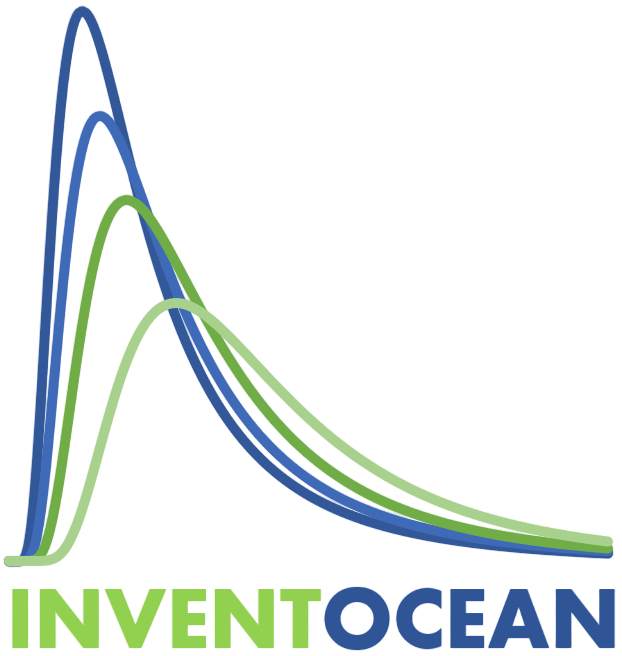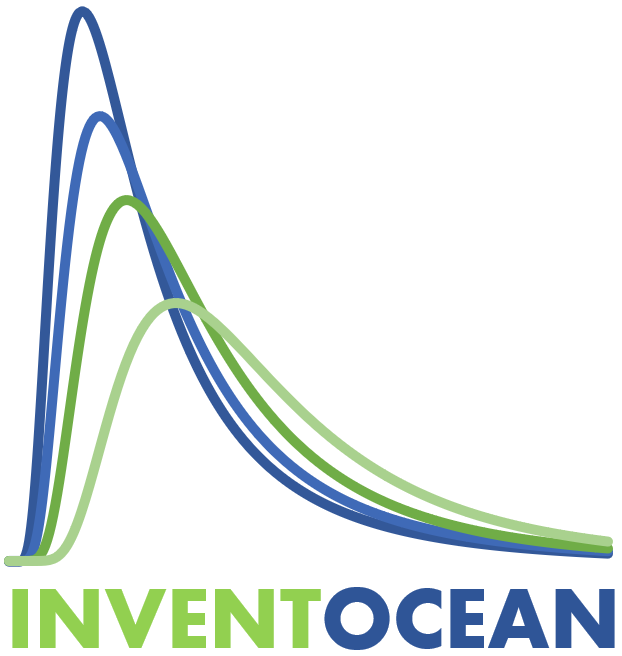Floating Solar – Why Interconnecting Pin Strength Matters and How an Oversized Island Can Lead to Failure
The floater pin/ear serves as the sole connection between individual floaters in a floating solar array (made of HDPE floats). Think of these pins as the critical links that hold the entire island of solar panels together. As the size of the floating island increases, so does the stress on these pins, depending on their positioning.
The floater pin/ear serves as the sole connection between individual floaters in a floating solar array (made of HDPE floats). Think of these pins as the critical links that hold the entire island of solar panels together. As the size of the floating island increases, so does the stress on these pins, depending on their positioning.

To better illustrate this point, let’s consider an example. Imagine a scenario where 1kg balls are suspended from the ceiling and connected to each other via interconnecting strings. It becomes evident that as the number of balls increases, the tension in the interconnecting string (linking the first and second ball) also increases. You can only add as many balls as the breaking capacity of the interconnecting strings allows. Beyond that threshold, the string will snap. As shown in below figure 2, if the string capacity is 4.5 kg, you can only add a maximum of 4 balls. Adding more than 4 balls will inevitably lead to the snapping of the string. This analogy applies similarly to a floating solar (FS) array. The larger the array, the greater the wind loads transferred to the outermost stressed pins (depending on the shape and stress analysis), potentially leading to breakage if the capacity is insufficient. Therefore, conducting a structural/stress analysis of the entire array, accounting for differential mooring loads, is crucial to studying stress propagation.

Illustrating the same point in a Floating Solar array: The highest stressed pins (purely from a free body diagram) are shown in below figure when the wind direction is from top to bottom. If the size of the island is increased by adding additional rows (and thereby attracting more wind drag loads), these pins will be stressed further. The island will break if the size and consequently loads increase beyond the pin capacity.

From the above, it can be concluded that the interconnecting pin capacity matters. When choosing a float supplier, opting for those with higher float pin capacities, meaning thicker ears (more material thickness and a better-designed product), is advisable. It’s also essential to conduct stress analysis to ensure that the strain on these critical links remains below their structural capacity.
Moreover, the shape of the floating island plays a significant role. Uneven islands are prone to more stress concentrations at the corners and narrow connecting areas, as depicted in the accompanying figure. Additionally, in locations where dynamic loads due to waves are present, the loads on the floater pin may be higher. Hence, applying a dynamic factor or conducting time-domain analysis to determine the maximum dynamic loads on the interconnecting pins is essential.

In conclusion, #FloatingSolar Technology represents a blessing and a crucial step toward achieving #net-zero targets. Its benefits, including higher efficiency, reduced water evaporation, and conservation of farming land, make it an attractive option. The widespread adoption of this technology can be facilitated by applying basic engineering principles and designing robust plants with a design life of over 25 years, reinforced with superior components capable of withstanding the forces of nature. At InventOcean , we are committed to precisely that goal.

